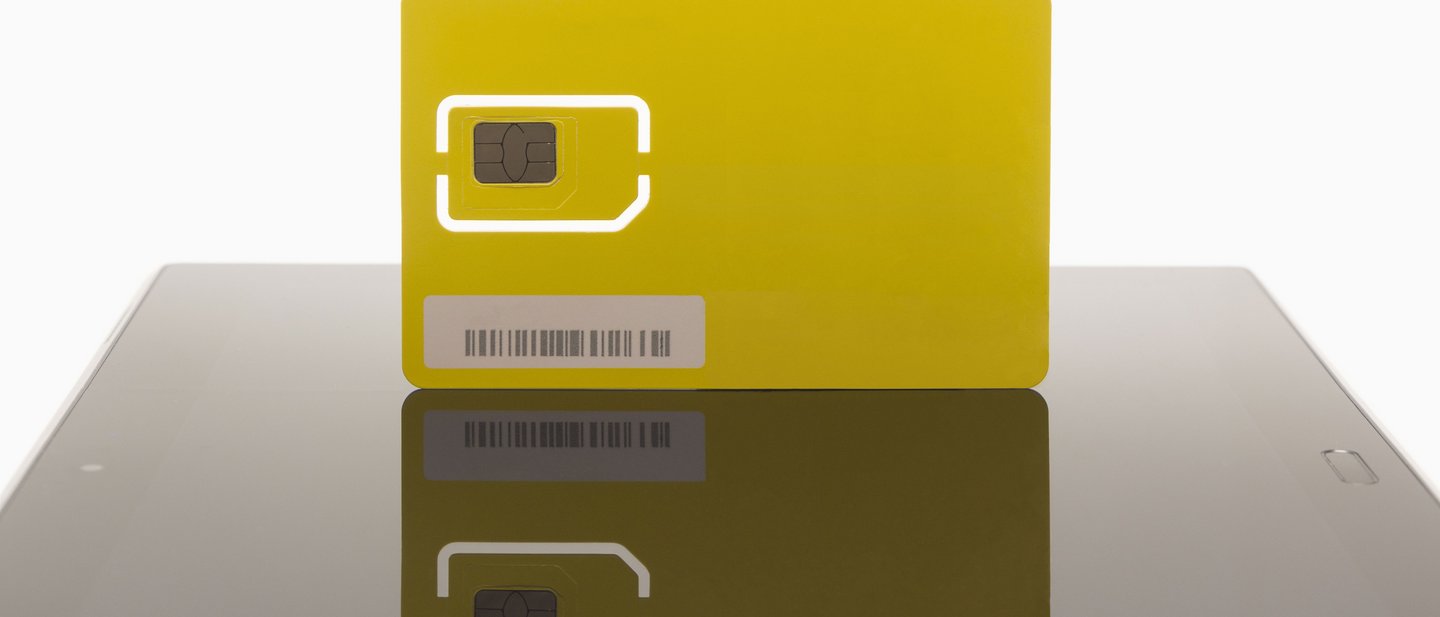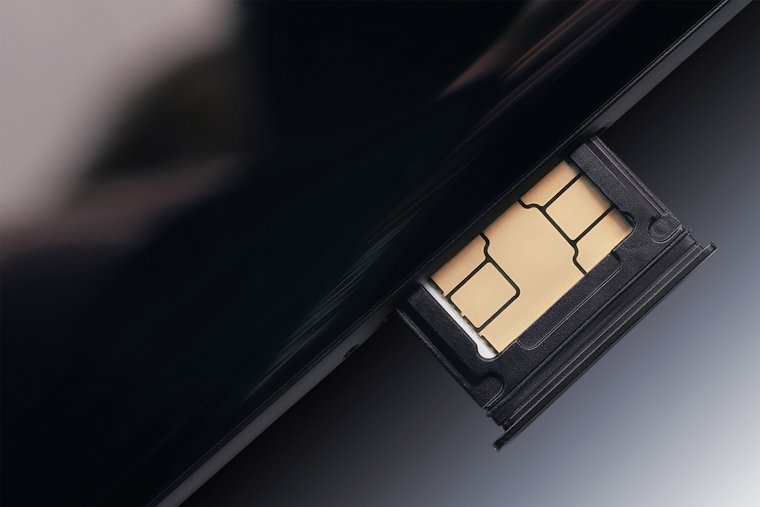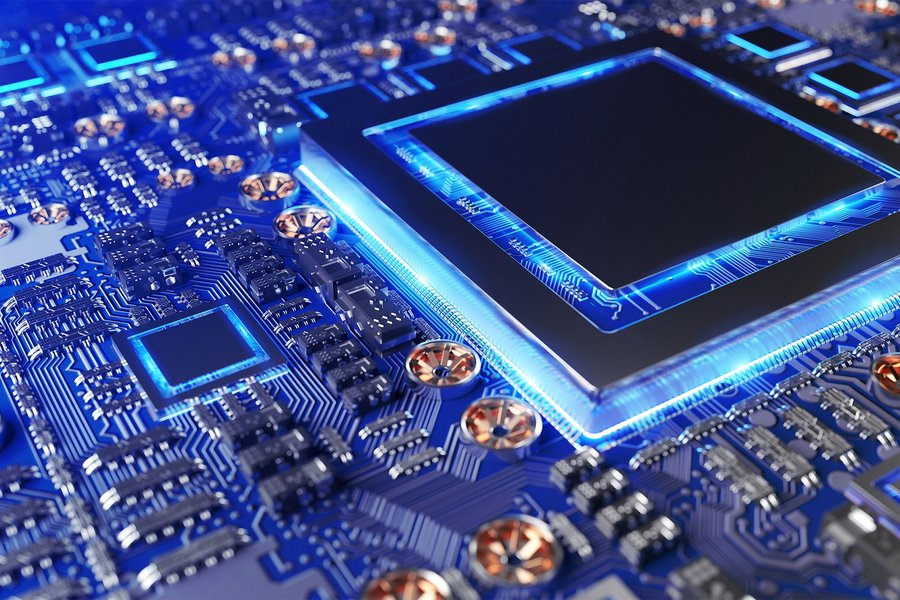2018 marked the anniversary of an invention that has changed the daily lives of millions of people worldwide. Fifty years ago, on September 28, the first patent for chip card technology was filed and the method of authentication changed forever.
You use chip cards daily. We all do. As credit and debit payment cards, as the SIM card in your phone and your various identification cards, from company badges to passports. Although the formats may differ in size, color, and shape, the core functionality remains identical to that original patent filing: to provide secure authentication and communication between devices.
Smart cards have been an integral component of the business of G+D Mobile Security for decades. Indeed, G+D was there at the creation of the technology, and has remained a world leading supplier of smart card hardware and technology, and related services, ever since.
Chip cards (also known as smart cards or integrated circuit cards) may be simple in appearance – but don’t let the modest exterior fool you: they wield a mighty power. The integrated circuitry enables you to access your money, pay for goods or services, use your phone, open locked doors, and much more.




